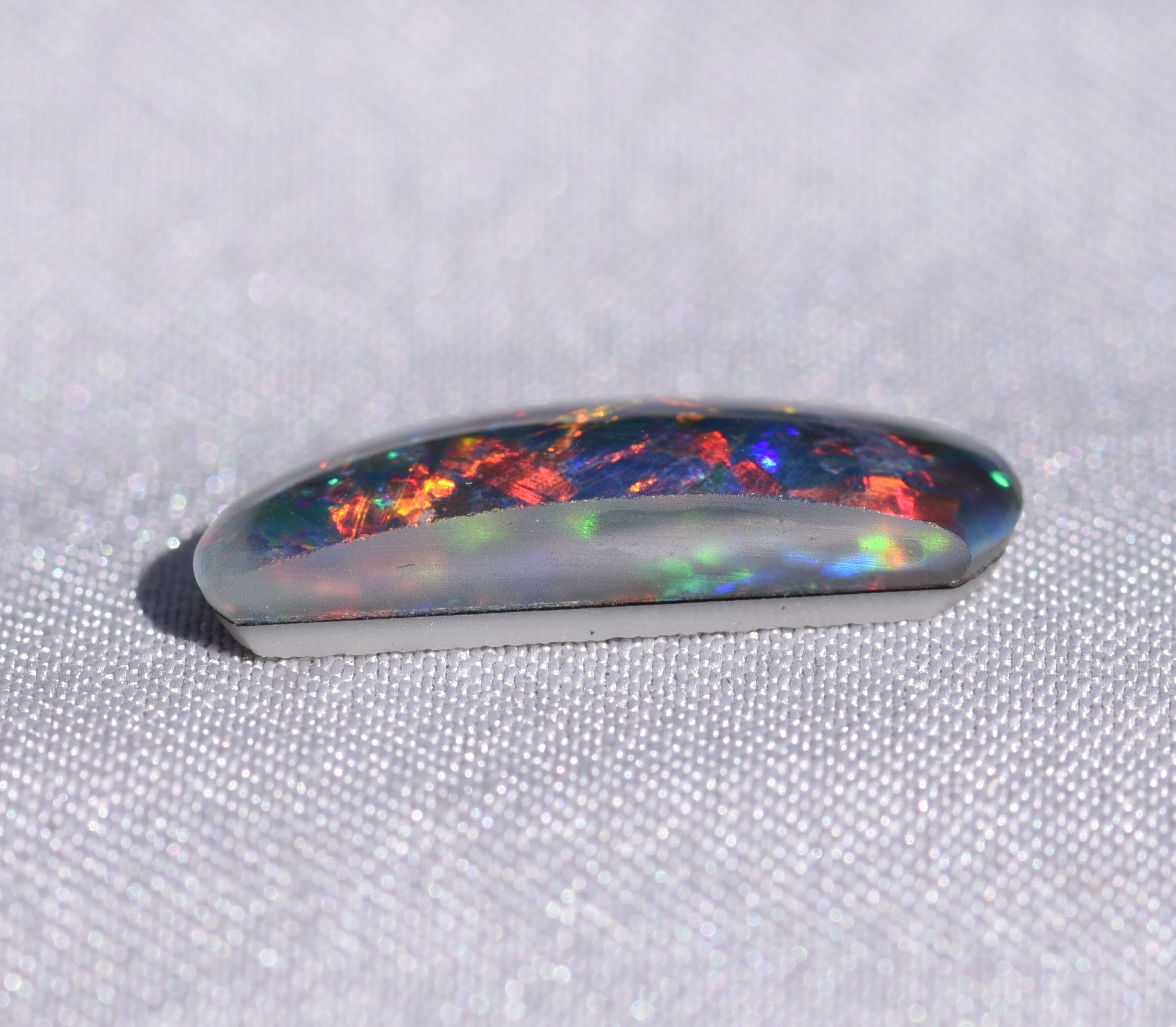Equipment & Procedures
REFRACTIVE INDEX
The refractive index of a gemstone is the relationship between the velocity of light in air compared to the velocity of light.. As light travels at a slower velocity in a gemstone a comparison can be made. To simplify the measurement we use a gemstone “refractometer”.
SPECIFIC GRAVITY
The Specific Gravity of a gemstone is comparative to the density of the gemstone. It is measured or determined to be the comparison of the weight of an opal in air to the weight of an opal in water using Archimedes principal.
EXPOSURE TO ULTRA VIOLET RADIATION (UV)
Ultra violet lights are often used in gemmological testing and there are two types that are usually used. These are termed longwave ultra-violet (LWUV) and short wave ultra violet (SWUV). Both of these wavelengths of light are not in the visible range.
As might be expected the wavelength of the radiation is also presented numerically LWUV is 365.0 nanometres, and SWUV is 253.6 nanometres. One nanometre (abbreviated nm) is one billionth of a metre or 10-9 metres.
The use of exposure to ultra violet light in gemmology and hence opal identification is to observe the characteristics of Fluorescence and Phosphorescence.
MICROSCOPE OBSERVATIONS
The binocular microscope is also a very important piece of equipment used in the gemmological study of gemstones and is especially important with opal. The microscope is used to view with magnifications, small details called inclusions, and other evidence of formation and structure that may not be visible to the naked eye.
The most common natural inclusions are:
Potch – or opal with no POC is an inclusion in gemstone varieties
Sand – often the leftover portions or holes of the host sandstone rock not cut out of the POC or colour bar.
Crystals of another mineral – for example gypsum, or limonite.
Matrix – a slightly different type of opaline silica.
Webbing – a spider web like inclusion, sometimes of potch or similar material, disseminated throughout the POC.
Ironstone – in the face of Boulder opal
Fluid inclusions – water, sometimes bubbles or two phase.










